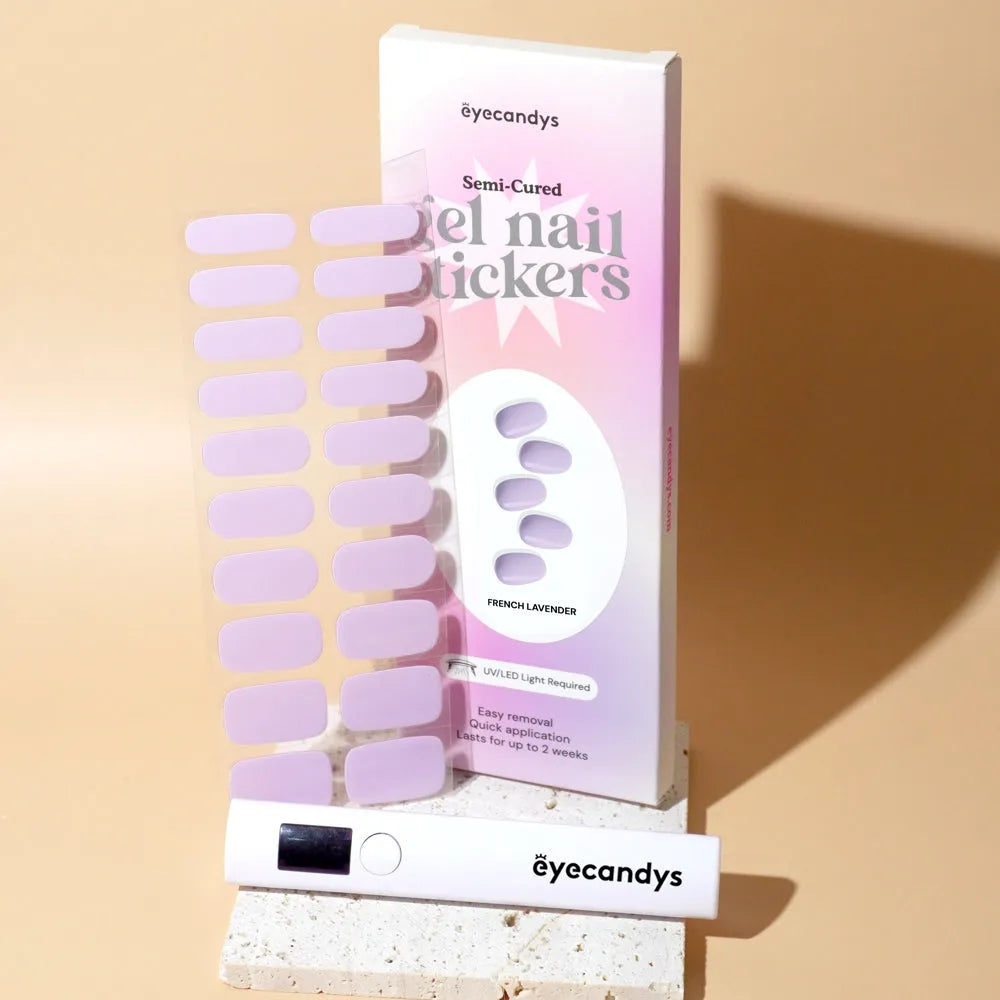Introduction
Colored contacts are more than just a fashion statement; they combine science and technology to alter the appearance of your eyes safely and effectively. Whether you're using them for cosmetic purposes or to correct vision, understanding how colored contacts work can help you make informed choices and use them safely. By diving into the intricacies of colored contacts, you can appreciate the blend of art and science that makes these lenses so popular.
Understanding the Basics of Colored Contacts
What Are Colored Contacts?
Colored contacts are specially designed lenses that can change the color of your eyes. They come in various types, including cosmetic (non-corrective) and corrective lenses, which help with vision problems while also changing eye color. These lenses offer a wide range of colors and styles, allowing individuals to experiment with different looks and enhance their natural beauty.
Structure of Colored Contacts
Colored contact lenses consist of multiple layers:
1. Clear Optical Zone: The center of the lens, which must remain transparent to ensure clear vision. This zone is crucial as it directly impacts how well you can see through the lens without any distortions.
2. Colored Pattern: Surrounding the clear zone, this layer contains the pigment that changes your eye color. The pattern can be solid or dotted to mimic the natural look of an iris. The design and color intensity can vary, providing different levels of color change from subtle enhancements to dramatic transformations.
3. Outer Layer: Provides comfort and protects the colored layer. This layer ensures that the pigment does not come into direct contact with the eye, preventing any potential irritation or allergic reactions.
The Technology Behind Colored Contacts
How Do Colored Contacts Change Eye Color?
The pigment in colored contacts overlays your iris, allowing the natural color to blend with the lens's tint. Depending on the design, lenses can enhance your natural color or completely change it. Enhancement tints are translucent and add depth, while opaque tints are solid and cover the natural color. This versatility allows users to choose the degree of change they desire, from a subtle shift to a bold new look.
Materials Used in Colored Contacts
Colored contacts are made from hydrogel or silicone hydrogel, which are soft, flexible materials that allow oxygen to pass through to the cornea. This oxygen permeability is crucial for maintaining eye health and comfort. The materials used are biocompatible, ensuring that they do not cause any harm to the delicate tissues of the eye.
Vision and Safety Considerations
Impact on Vision
Colored contacts are designed with a clear optical zone to ensure that your vision remains unobstructed. However, improper fitting or incorrect use can lead to issues such as blurry vision or discomfort. It's important to follow the fitting guidelines provided by your eye care professional to ensure optimal performance and comfort.
Safety Tips for Using Colored Contacts
- Hygiene: Always wash your hands before handling lenses. Clean hands prevent the transfer of dirt and bacteria to your lenses, reducing the risk of eye infections.
- Storage: Use fresh solution to store lenses and never use tap water. Proper storage ensures that your lenses remain sterile and free from contaminants.
- Duration: Follow recommended wear time and replace lenses as advised. Overwearing lenses can lead to discomfort and potential eye health issues.
The Process of Making Colored Contacts
Just because you haven't experienced problems in the past doesn't mean it's safe to continue the practice. The risks associated with sleeping in contact lenses can accumulate over time and may not be immediately apparent. Prioritizing your eye health means avoiding unnecessary risks.
Manufacturing Techniques
Colored contacts are made through a meticulous process that includes:
1. Material Preparation: Mixing the hydrogel or silicone hydrogel. The raw materials are carefully measured and combined to create a uniform mixture.
2. Molding: Shaping the lens and embedding the color pattern. The lenses are cast in molds that define their shape and size, and the color patterns are applied with precision.
3. Curing: Hardening the lenses. The lenses are exposed to controlled heat or UV light to solidify their structure and ensure durability.
4. Inspection: Ensuring each lens meets safety and quality standards. Each lens undergoes thorough inspection to check for defects and ensure it meets regulatory requirements.
Customization Options
Custom-colored lenses are available for those seeking unique looks. This customization can affect production time and cost but allows for personalized designs. Whether it's a specific color blend or a custom pattern, these lenses offer endless possibilities for those looking to stand out.
Benefits of Using Colored Contacts
Cosmetic Benefits
Colored contacts can enhance or change your eye color, providing a fresh look that complements your style. They are popular for special events, cosplay, and daily wear. Whether you want to match your eye color to a particular outfit or create a dramatic look for a themed party, colored contacts offer versatility and creativity.
Corrective Benefits
Colored contacts can also correct vision issues such as myopia, hyperopia, and astigmatism, offering the dual benefit of vision correction and cosmetic enhancement. These lenses combine functionality and aesthetics, providing a practical solution for those who need vision correction but also want to enhance their appearance.
Choosing the Right Colored Contacts
Factors to Consider
When selecting colored contacts, consider the base curve, diameter, and color options that best suit your natural eye color and personal style. A proper fit ensures comfort and clarity, while the right color can enhance your natural features and boost your confidence.
Consultation with Eye Care Professionals
Consulting with an eye care professional ensures you get the right fit and prescription. Regular check-ups help maintain eye health while using colored contacts. Your eye care provider can offer personalized recommendations and address any concerns you may have about using colored contacts.
Colored contacts combine science and style to offer a unique way to enhance your appearance and correct vision. Understanding how they work and using them safely can lead to a more enjoyable experience. Explore EyeCandys' range of colored contacts and find the perfect pair to match your style and needs. With the right knowledge and care, you can enjoy the benefits of colored contacts and boost your confidence in any setting.











